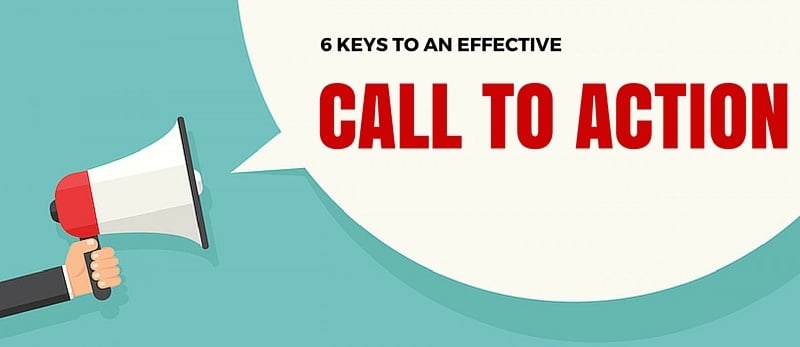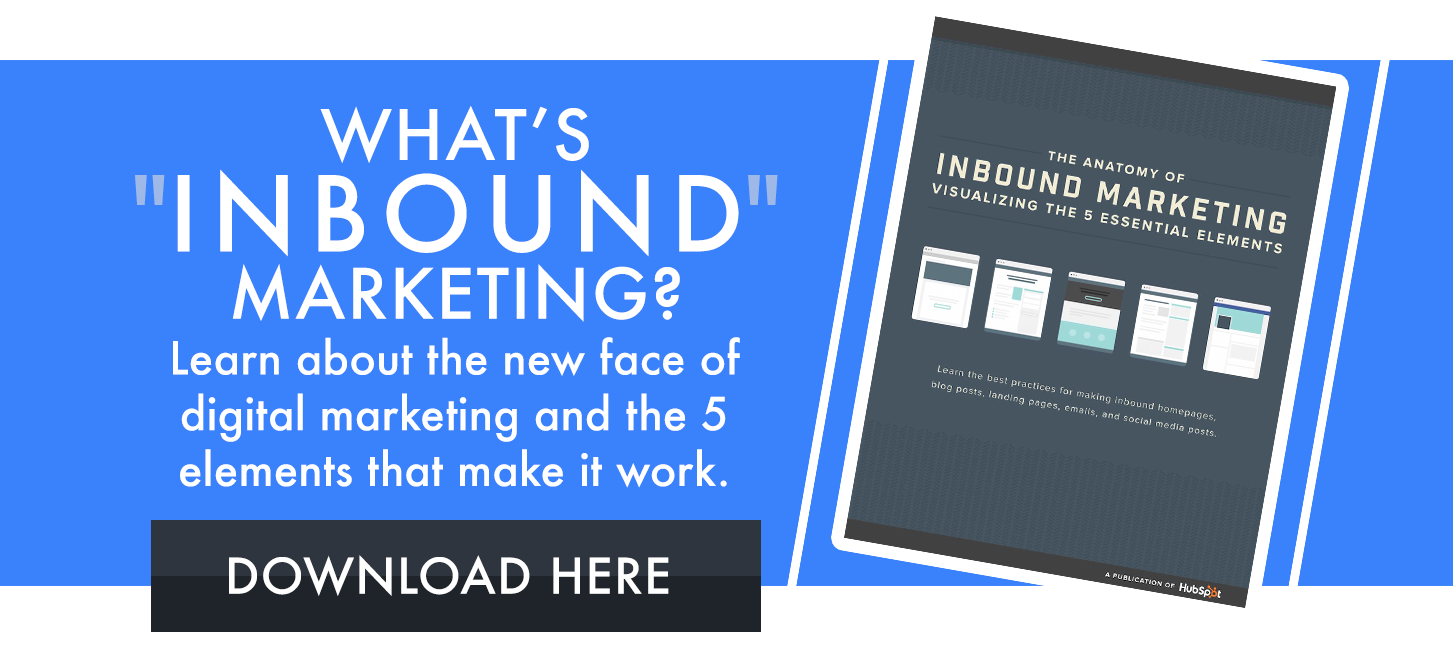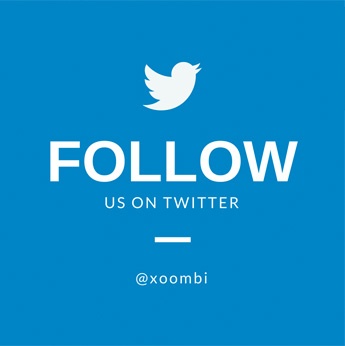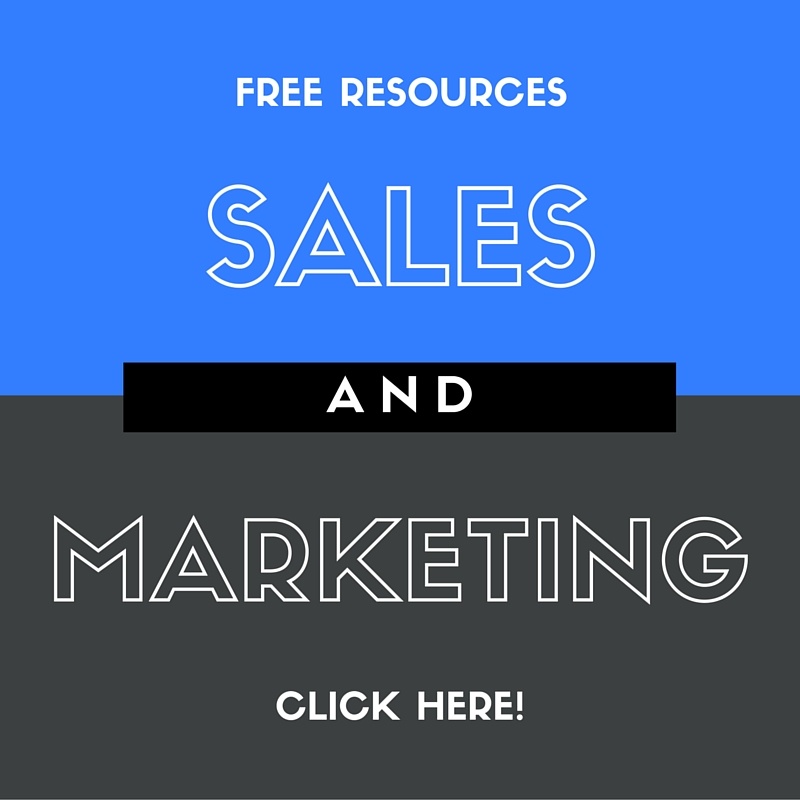
Are you using calls to action effectively to pique your prospects’ interest and get them to convert?
Let’s back up a minute, what the heck is a call to action?
To put it simply, calls to action are visual cues that get your web visitors to complete an action you’ve pre-determined. For example, you’re reading this blog post, right? If you finish reading this (or simply scroll down to the bottom of the page) you’ll notice an image at the end of the post that invites you to download an eBook. That image or button is called a call to action (CTA).
Basically, we're inviting you, the reader, to engage with us at a higher level: click on the button, go to a landing page and fill out a form to download the eBook offered.
This is one of the most highly effective tactics of modern marketing.
Not only does it offer the prospect value (in this case, an eBook you can learn a lot from), it allows the marketer to capture your information so that I can continue marketing to you.
This is why blog posts, CTAs, landing pages, and gated assets alike are all essential to the inbound marketing machine.
Creating an Effective Call to Action
So now that you know what CTAs are and how crucial they are to lead generation, here’s how you can create an effective one.
Calls to action need to be:
1. Attention Grabbing
You want your CTA to grab your reader’s attention. Use the right font, contrasting colors, and attractive visual elements. Does your blog have a dominant color? Use the complimentary color in the CTA to draw the reader’s eye to it.
2. Clear and Compelling
Make sure that your gated asset is something your prospects care about. If they’ll find value in the asset, they’ll find value in your CTA—if you describe it clearly enough and in a compelling manner. Remember: copy is just as important as design!
3. A Clear Call for the "Next Step"
Don’t make your readers have to guess at what your CTA is asking them to do. It should be immediately apparent what you’re offering and what you want them to do.
4. In Context
Your CTA (and therefore your offer) should be closely tied to the content on the page, in the blog post, etc. For example, at the end of my post “How to Keep Your Sales Emails from Going to Spam” I placed a CTA for The Art of the Sales Email eBook. Since the blog post discusses keeping sales emails out of spam filters, it’s contextual that the CTA and offer would be about how to write a great sales email.
5. Correctly Placed
Your call to action should occupy “prime real estate” on your webpage or blog. This prime real estate includes the top of your blog sidebar and the end of your posts. Why are these areas ideal? The top of your blog sidebar is great for a CTA because it will be visible above the fold of the webpage (so people don’t have to scroll down to see it). If it’s the first thing people see, many will click it (and therefore take the action you want them to) right away.
Secondly, you want to include CTAs at the end of your blog posts because if your audience is still engaged at the end of your post, it’s likely they’ll be good candidates to take the next step. On the other hand, many web readers scroll down to the end of the post to get the gist of the article. If this happens—and your CTA is eye-catching enough—their impatient scrolling may be exactly what you want!
6. Data Driven
You want to make sure your CTAs are performing the way you want and need them to. For this reason, it’s important to A/B test them, study their performance, and adjust them accordingly. Is one visual style capturing more people’s attention? Tweak your other CTAS to look more like it!
Conclusion
Calls to action are incredibly important to inbound marketing. After all, how do you expect to generate leads if you don’t give prospects a clear path to convert? Utilize all the tools in your inbound toolbox to turn web visitors into leads, and you’ll be well on your way to building a solid pipeline.








